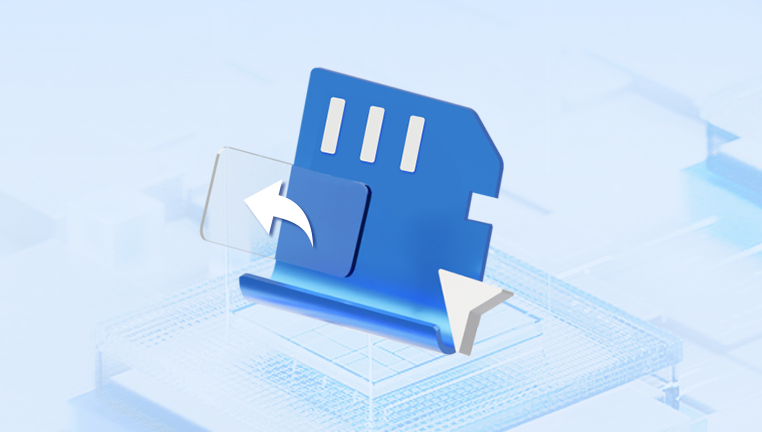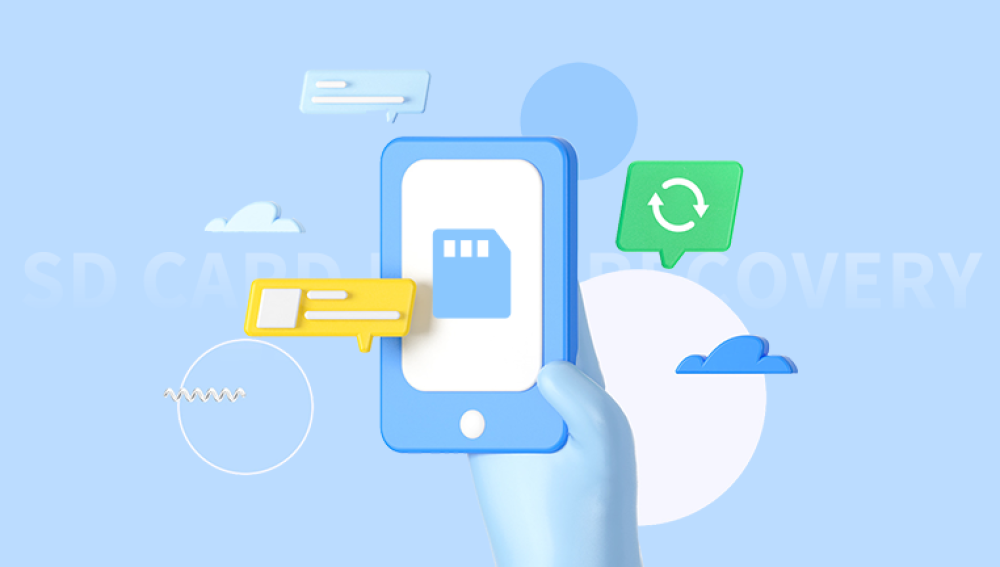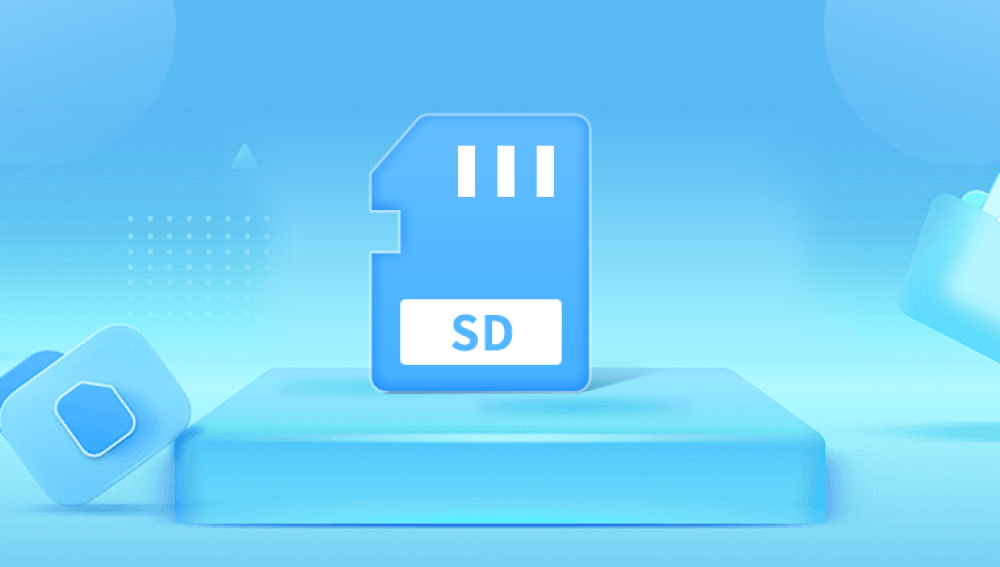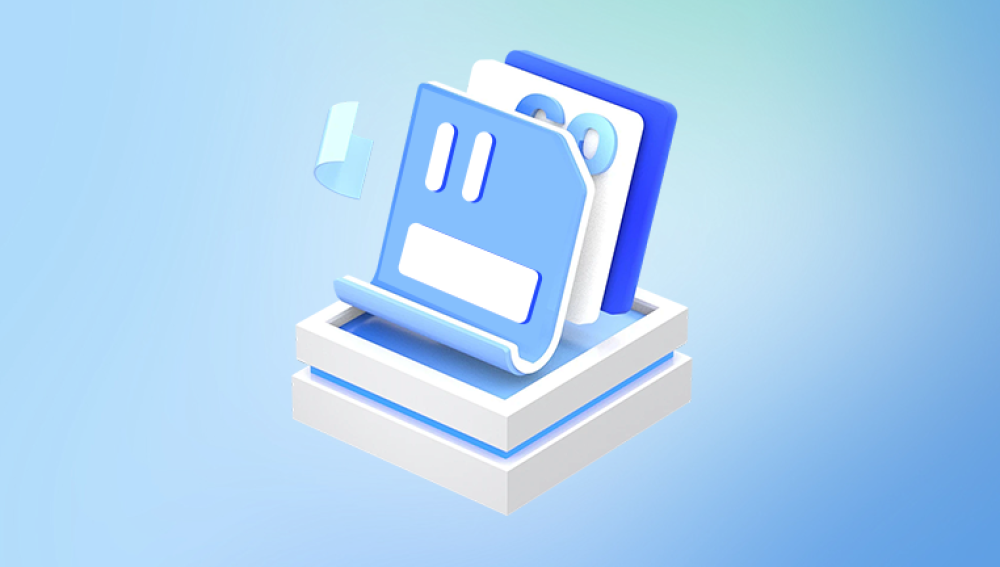Transferring data from an SD card to a USB drive involves several steps.
SD Card: The source of the data.
USB Drive: The destination for the data.
Computer or Tablet: The intermediary device to facilitate the transfer.
Card Reader: If your computer or tablet doesn't have an inbuilt SD card slot, an external card reader will be needed.

USB Port: To connect the USB drive.
File Management Software: Usually, the default file explorer on your device will suffice.
Steps to Transfer Data from SD Card to USB Drive
Using a Computer
Insert the SD Card:
If your computer has an SD card slot, insert the card directly.
If not, use an external card reader connected to your computer via USB and insert the SD card into the reader.
Insert the USB Drive:
Plug the USB drive into an available USB port on your computer.
Open File Explorer (Windows) or Finder (Mac):
On Windows: Press Windows + E to open File Explorer.
On Mac: Click on the Finder icon in the Dock.
Locate the SD Card and USB Drive:
In File Explorer or Finder, locate the SD card under 'This PC' or 'Devices'.
Similarly, find the USB drive.
Copy Files from SD Card:
Open the SD card folder and select the files or folders you want to transfer.
Right-click and select Copy or use the keyboard shortcut Ctrl + C (Windows) or Command + C (Mac).
Paste Files to USB Drive:
Navigate to the USB drive folder.
Right-click and select Paste or use the keyboard shortcut Ctrl + V (Windows) or Command + V (Mac).
Eject Devices Safely:
After the transfer is complete, safely eject both the SD card and the USB drive.
On Windows: Right-click on the device in File Explorer and select Eject.
On Mac: Click the eject button next to the device in Finder.
Using a Tablet with OTG Support
Check OTG Support:
Ensure your tablet supports OTG (On-The-Go) to connect external devices like card readers and USB drives.
Get an OTG Adapter:
Use an OTG adapter to connect your SD card reader and USB drive to the tablet.
Insert the SD Card into the Reader:
Connect the SD card to the card reader.
Connect Devices to the Tablet:
Connect both the card reader and USB drive to the tablet using the OTG adapter.
Open File Management App:
Use the default file manager or download a file management app from the app store.
Copy Files from SD Card:
Navigate to the SD card directory within the file management app.
Select the files to be transferred and copy them.
Paste Files to USB Drive:
Navigate to the USB drive directory and paste the copied files.
Safely Disconnect Devices:
Ensure the transfer is complete before safely disconnecting the devices.
Using a Smartphone
Check OTG Support:
Verify that your smartphone supports OTG functionality.
Get an OTG Adapter:
An OTG adapter is required to connect both the SD card reader and USB drive to your smartphone.
Insert the SD Card:
Insert the SD card into the card reader.
Connect Devices to the Smartphone:
Use the OTG adapter to connect both the SD card reader and the USB drive to your smartphone.
Open File Management App:
Use the default file manager or a third-party app to manage files.
Copy Files from SD Card:
Locate the SD card in the file manager, select the files, and copy them.
Paste Files to USB Drive:
Navigate to the USB drive directory and paste the copied files.
Safely Disconnect Devices:
After the transfer is complete, safely eject the devices from the smartphone.
Best Practices and Tips
Backup Important Data:
Always backup important data before performing transfers to avoid accidental loss.
Check Available Space:
Ensure that there is enough space on the USB drive to accommodate the files from the SD card.
Use Quality Hardware:
Use reliable and high-quality SD cards, USB drives, and adapters to prevent data corruption or loss.
Avoid Interruptions:
Do not remove the SD card or USB drive during the transfer process to avoid data corruption.
Keep Software Updated:
Ensure your device’s operating system and file management software are up to date to handle various file formats and large file transfers efficiently.
Use Anti-Virus Software:
Scan both the SD card and USB drive for viruses before transferring files to prevent spreading malware.
Troubleshooting Common Issues
Device Not Recognized:
Ensure the SD card and USB drive are properly inserted.
Try different USB ports or use another card reader.
Insufficient Space:
Delete unnecessary files from the USB drive or use a larger capacity drive.
Slow Transfer Speeds:
Use USB 3.0 devices and ports for faster transfer speeds.
Close other applications that may be using system resources.
File Corruption:
Ensure safe ejection of devices.
Avoid transferring files during power interruptions.




